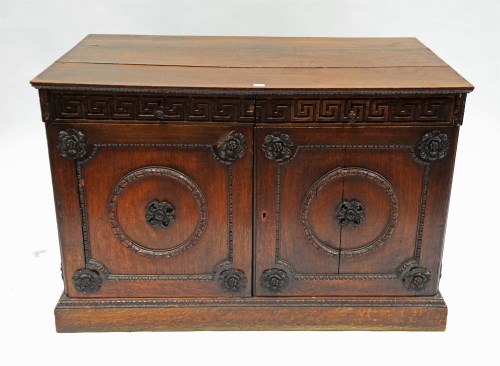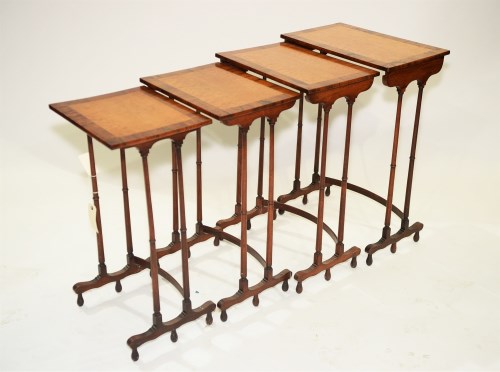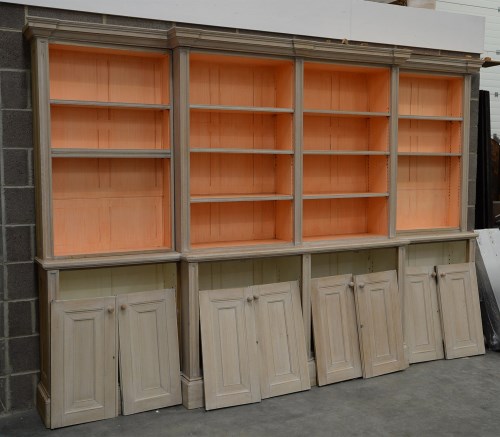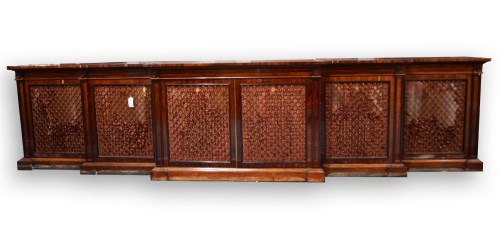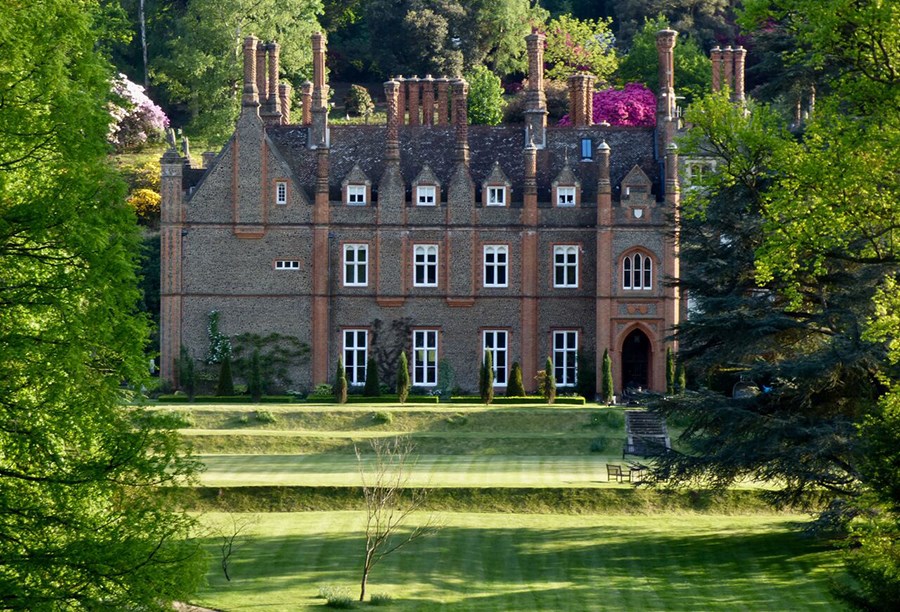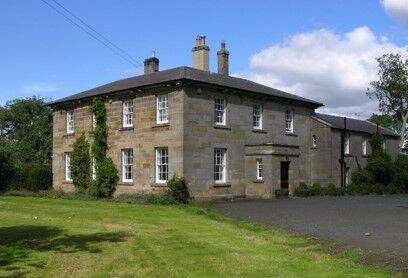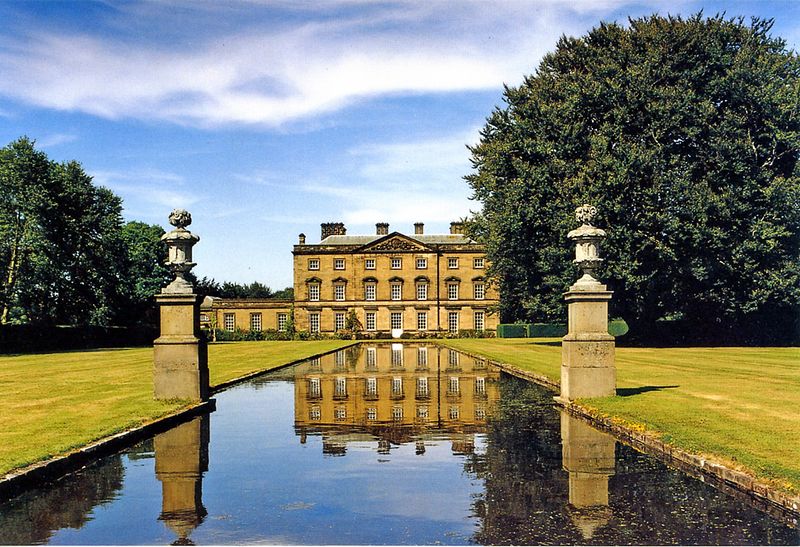
Alnwick Castle
Alnwick Castle has been owned by the Percy family for over 700 years and remains a family home today for the 12th Duke and Duchess and their four children.
The castle was founded in the late 11th century by the Norman nobleman Ivo de Vescy.
By the 17th century, the castle had fallen into disrepair, both through neglect because the Percy family was mainly resident in the south, and through damages done in wartime.
Transforming the castle from a decaying garrison fortress to a palace was conceived in a high ‘gothic style to the designs of the architects' Daniel Garrett, James Paine and Robert Adam in the 1760s.
In the 19th Century, Algernon, 4th Duke of Northumberland, disliked the ‘fairytale gothic style and inconvenience of the castle created by the restoration undertaken a century previously. He employed the architect Anthony Salvin to restore a more authentic medieval border fortress appearance to the exterior, and the Italian architect Luigi Canina and his assistant Giovanni Montiroli to provide designs for the lavish Renaissance-style interior.
Today, it is the second largest inhabited castle in England after Windsor Castle and has also been used as a film and TV location for productions such as, Harry Potter, Robin Hood Prince of Thieves, Transformers, Blackadder, The Virgin Queen and Downton Abbey.
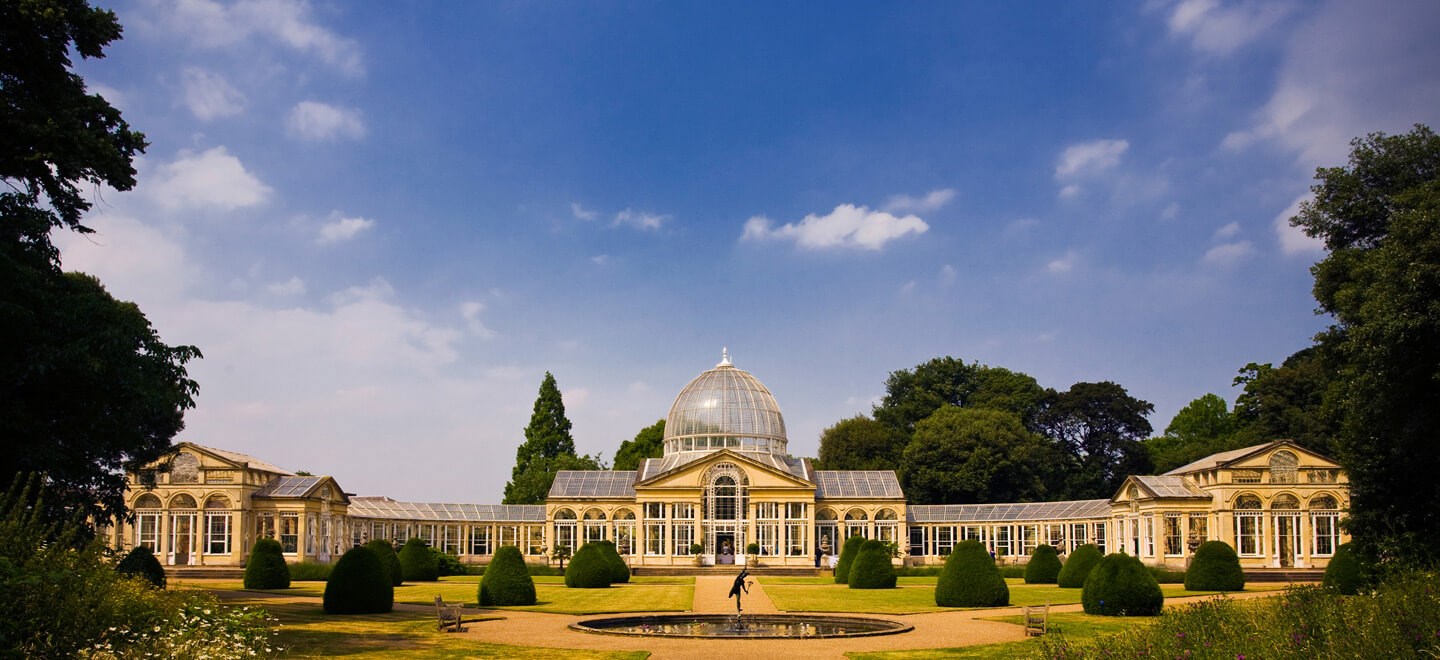
Syon House, Isleworth, West London
Syon House is the Duke’s official London residence.
The house was built by Edward Seymour, Lord Protector in the 16th century on the site of the Medieval Syon Abbey.
In the early 1540s, it housed (or rather imprisoned) King Henry VIII’s fifth wife Catherine Howard, and it was also the location for Henry VIII’s coffin to be rested for one night before his burial at Windsor. In 1553 Lady Jane Grey was offered the Crown of England at Syon House; nine days later she was executed. Queen Elizabeth visited Syon at least four times during her reign.
Syon was acquired by the Percy family in 1594 via the 9th Earl of Northumberland’s marriage to Dorothy Devereux, widow of Sir Thomas Perrot, who held the property from the Crown.
The Civil War touched Syon in 1642, as the royalist forces marched past on their way to the battle of Brentford, and there were skirmishes around the Park.
Queen Anne gave birth to her short-lived son while staying at Syon in 1692.
By the time the 1st Duke and Duchess inherited the house in the mid 18th Century, the interiors were dated and it was surrounded by an unfashionable formal landscape. The gardens and House were both in a poor condition.
It was restored to the neo-classical designs of Robert Adam in the 1760s, with gardens landscaped by Lancelot ‘Capability Brown'. The principal rooms have remained singularly unaltered since that time.
In the 19th century, the 3rd Duke of Northumberland started another series of major works at Syon. He extensively reworked the exterior of the House by cladding the entire structure in Bath stone and adding a Porte-cochere, and he built the fine Great Conservatory for his collection of plants from around the world.
